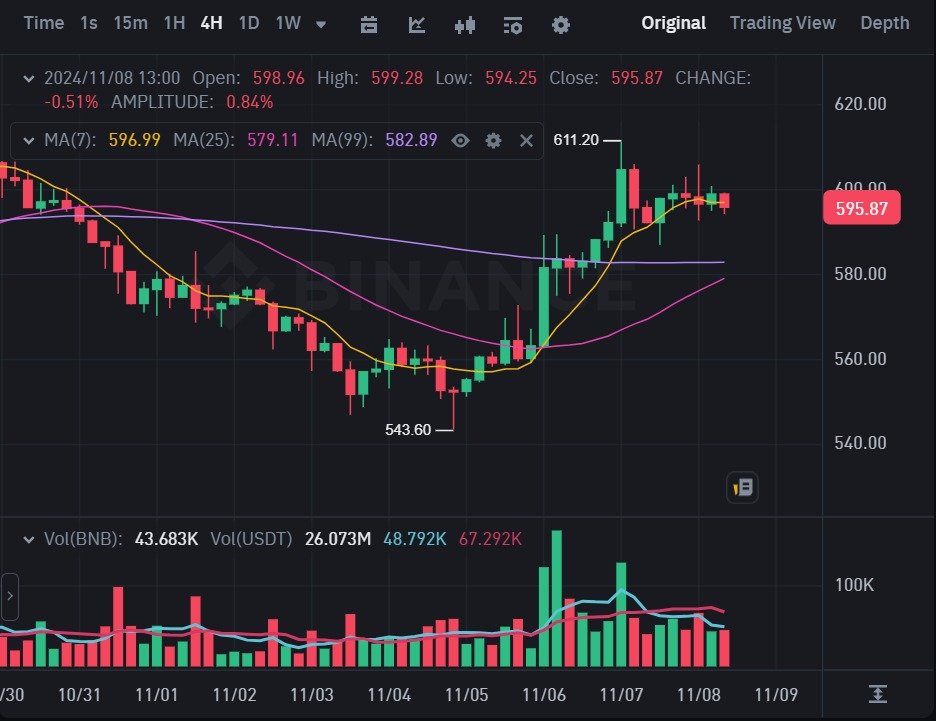Crypto companies generate revenue in a variety of ways, capitalizing on the growing demand for digital assets, decentralized finance (DeFi), and blockchain technology. Whether they operate as exchanges, wallet providers, or mining firms, these companies often utilize several business models to monetize their services. Let’s take a closer look at the primary ways crypto companies make money.
1. Trading Fees (Exchanges)
One of the most common ways crypto companies make money is through trading fees. Cryptocurrency exchanges, such as Binance, Coinbase, and Kraken, act as intermediaries where users can buy, sell, and trade various cryptocurrencies. These platforms typically charge a transaction fee for each trade executed on their platform.
Types of Trading Fees:
- Maker Fees: When you place an order that adds liquidity to the market (i.e., a limit order that doesn’t immediately match with another order), you’re considered the “maker” of the market. Many exchanges offer lower fees for makers.
- Taker Fees: When you place an order that matches an existing one (i.e., a market order), you’re considered the “taker,” and exchanges often charge a higher fee.
- Flat Fees: Some exchanges charge a flat fee for each transaction, regardless of the order type.
Examples:
- Binance: Binance charges a small fee on trades, typically ranging from 0.10% to 0.20%, with the possibility of discounts if you use BNB (Binance Coin) to pay the fees.
- Coinbase: Coinbase typically charges a spread fee on trades, plus a flat fee that varies depending on the transaction amount.
2. Staking and Yield Generation
Crypto companies can also earn revenue by offering staking services and other yield-generation products. Staking involves locking up certain cryptocurrencies in a blockchain network to earn rewards, usually in the form of additional tokens. Crypto companies act as intermediaries by allowing users to stake their tokens on their platform and charge a staking fee for facilitating the process.
Examples:
- Binance offers staking on a variety of assets like Ethereum and Cardano, taking a small commission on the rewards earned by stakers.
- DeFi Platforms like Aave or Compound allow users to lend and borrow cryptocurrencies and earn interest, with platforms taking a small fee on the transactions or lending profits.
3. Interest on Loans (Lending Platforms)
Cryptocurrency lending platforms like BlockFi and Celsius Network allow users to deposit their crypto and earn interest. These platforms lend out that crypto to other users who borrow it (often at a higher interest rate) and take a margin from the difference.
- Example: A lending platform might pay you 4% annual interest on your Bitcoin deposit but charge a 12% annual interest to borrowers. The platform keeps the difference (around 8%).
4. Initial Coin Offerings (ICOs) and Token Sales
Some crypto companies generate money by launching Initial Coin Offerings (ICOs) or Token Sales. These fundraising methods allow companies to sell their native tokens to early investors before the token is publicly available. In exchange for purchasing tokens at a discounted price, investors are often promised future value as the token appreciates or as it’s used within the company’s ecosystem.
- Example: Binance launched its own token, BNB, through an ICO. The company raised significant capital by selling the token to early buyers, who could then use it for discounted trading fees and other benefits on the platform.
5. Mining
Cryptocurrency mining companies generate revenue by providing computing power to process transactions on blockchain networks that use a Proof-of-Work (PoW) consensus algorithm (like Bitcoin). In return for this computational work, miners receive block rewards in the form of new cryptocurrency coins.
- Example: A mining company may operate Bitcoin mining farms, earning revenue by solving complex mathematical problems to validate Bitcoin transactions. The company collects a portion of the newly minted Bitcoin as compensation for its mining efforts.
- Fees in Mining Pools: Some mining companies operate mining pools, where individual miners combine their computational power and share the rewards. The company running the pool charges a fee on the earnings.
6. Crypto Wallets
Some companies make money by offering crypto wallet services, where they may charge fees for certain services like transactions, cross-border transfers, or conversions between different cryptocurrencies. While basic wallet services may be free, premium features often come with a fee.
Revenue Streams for Wallet Companies:
- Transaction Fees: Some wallet providers charge users a fee for sending or receiving crypto.
- Cross-border Transfers: Crypto wallets may charge fees for international transfers or conversions between crypto and fiat currencies.
- Premium Features: Wallet providers may offer advanced features such as hardware wallet integration, priority customer service, or advanced security, all of which come with fees.
7. NFT Platforms
As the world of Non-Fungible Tokens (NFTs) continues to grow, companies in the NFT marketplace space are finding ways to monetize their services. NFT platforms charge fees on sales and auctions of digital art, collectibles, and other assets. These fees are typically a percentage of the transaction value.
- Example: OpenSea, one of the largest NFT marketplaces, charges a 2.5% fee on every transaction between buyers and sellers.
8. Crypto ATMs
Crypto ATMs allow people to exchange cryptocurrency for fiat money (and vice versa) using a physical ATM machine. These companies make money by charging transaction fees for each trade conducted through their ATMs.
- Example: A user may exchange Bitcoin for USD at a crypto ATM, and the company running the machine will take a fee (typically ranging from 5–10% depending on the machine and location).
9. Payment Processing (Merchant Solutions)
Companies like BitPay and CoinGate make money by providing crypto payment processing services to merchants. These companies allow businesses to accept cryptocurrency payments from customers in exchange for a processing fee.
- Example: If a company accepts Bitcoin as payment for goods or services, BitPay may charge a 1%–3% fee for processing the payment and converting it into fiat currency if desired.
10. Venture Capital and Investment Services
Some crypto companies, especially those involved in blockchain development, may also generate revenue by raising funds through venture capital investments. They offer investors the opportunity to invest in early-stage crypto projects or buy tokens from promising startups. These companies often generate revenue by taking a share of the tokens or profits when the projects succeed.
Conclusion: How Do Crypto Companies Make Money?
Crypto companies make money through a wide range of revenue models. Whether it’s transaction fees from exchanges, staking rewards for crypto lending, or mining profits, these businesses capitalize on the growing demand for cryptocurrency services. As the crypto industry continues to evolve, more innovative ways to generate revenue will likely emerge, creating new opportunities for both businesses and investors.
If you’re looking for strategic ways to get involved in the crypto space, Lumina Lore offers cutting-edge tools for copy trading and customized crypto strategies to maximize your returns.
👉 Start trading securely with Binance: Use our referral link
👉 Explore Copy Trading: Enhance your strategy with Binance Copy Trading.



